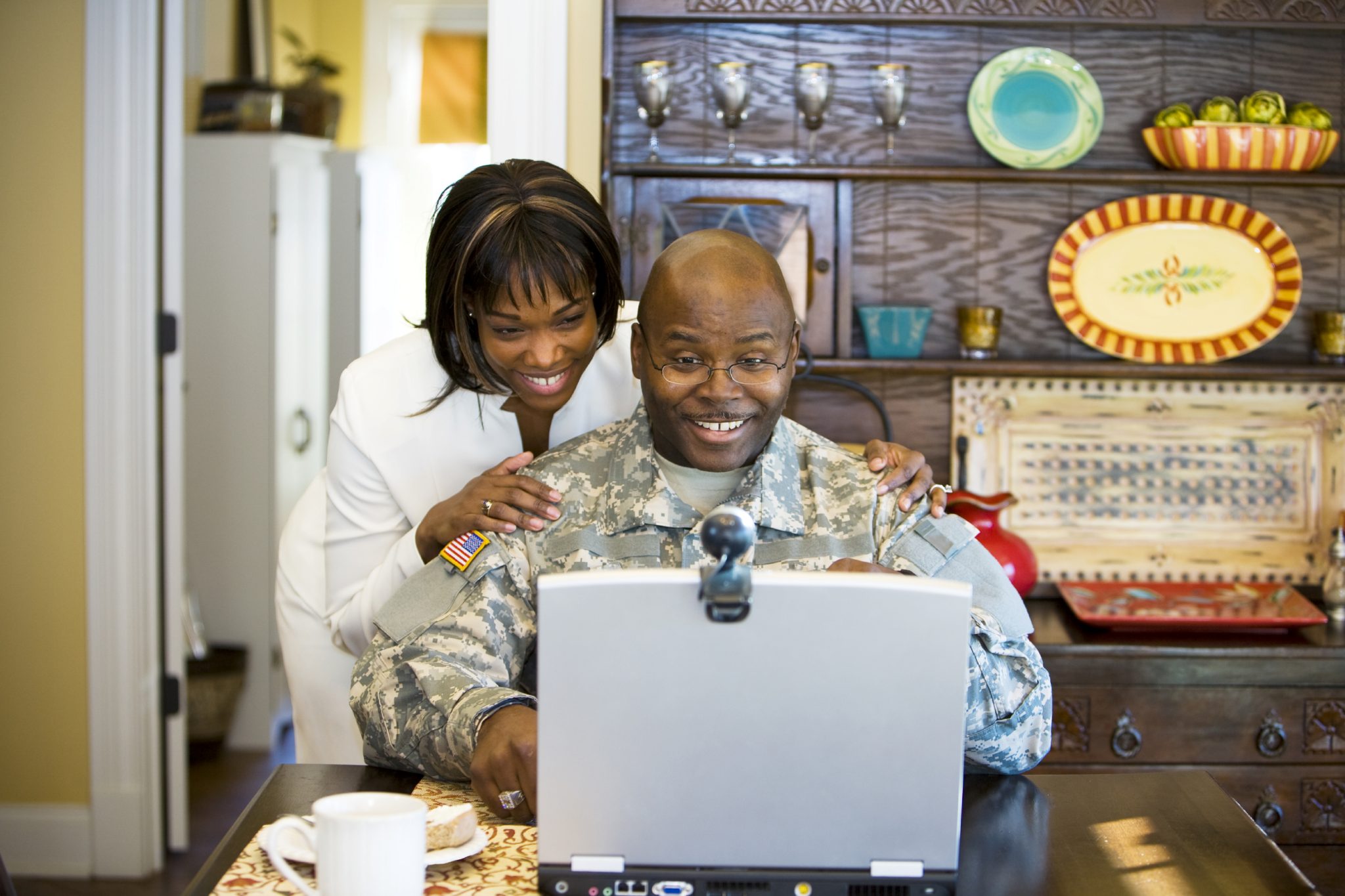By Lucas Blankenship
The first year following separation from service can be a challenging time for service members and their families. According to the Department of Veterans Affairs Transition Assistance Program, about 250,000 service members transition to civilian life each year.
The Department of Veterans Affairs VA Solid Start program aims to make this transition period a bit easier. During the first year of separation, representatives of the Solid Start program will proactively contact recently separated service members at 90 days, 180 days, and 365 days post-separation for 1-on-1 interactions. The purpose of these phone calls is to check in with service members and establish a relationship with the VA. Doing this increases the chances that service members will connect with VA in the future and take advantage of the benefits and resources offered.
On Wednesday April 27th, OneOp’s Military Caregiving Team hosted a webinar focusing on the VA Solid Start program. VA Solid Start: A Program for Transitioning Service Members featured Regina Yount, Program Manager of Veterans Benefits Administration, U.S. Department of Veterans Affairs. The webinar covered the purpose of the VA Solid Start program, the methods, and frequency of contact utilized by the Solid Start program, and provided resources and information about how the VA Solid Start program helps new veterans settle into civilian life.
Webinar RECAP
The webinar covered the process that VA Solid Start representatives use to assess the needs and challenges service members are facing. Representatives use the Pillars of Successful Transition Model to target veterans’ needs and inform them of and connect them with the resources and benefits they need. According to this model, the Pillars include: Find a Place to Live, Attend to Health & Wellness, Find Something to Do, Balance Finances, Manage Day-to-Day, and Build Personal Connections.
Representatives use this approach to help connect service members with VA services and benefits, partner organizations, and state resources. This might include connecting veterans to services that provide assistance in securing a home loan, finding employment and education opportunities, and accessing critical mental health care and support. Service members will have the same VA Solid Start representative throughout the transition period.
The webinar highlighted some program enhancements VA Solid Start is working on for the future. These include engaging over text or online chat in addition to phone calls, developing and deploying a customer experience survey, and providing veterans the opportunity to schedule their Solid Start calls for times that are most convenient for them.
Also during the webinar, Yount emphasized that the VA Solid Start program has connected with over 214,000 veterans, about 63% of eligible veterans, since December 2019. Solid Start has connected with more than 35,000 veterans they have identified as priority veterans and has directly referred 40 veterans who were in crisis to the Veterans Crisis Line.
For more information about the webinar, see the event page and event flyer. Additional material such as the presentation slides and resources are available for download and can also be found on the event page. Continuing education credit is also available.















